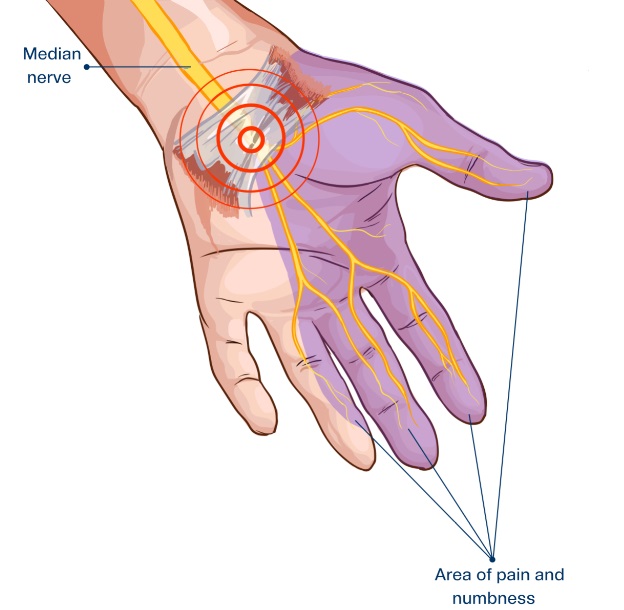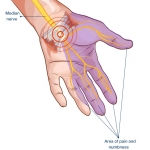You might wonder if your work, or your favorite hobby, strains your hands and wrists. Perhaps you have symptoms in your fingers, such as tingling or stubbornness, and want to make sure it doesn't get worse. The good news is that you can do a lot to protect yourself and avoid the worsening of your symptoms.
There are many causes to carpal tunnel syndrome, but compelling data suggest that the use of a keyboard is not among them. The median nerve in your wrist is pinched in carpal tunnel syndrome. This usually causes numbness and knocking on your fingers at night, or during phone conversations or when a newspaper is held in hands. These do not fit the typical wear and tear that we see with repeated movement lesions. But typing and texting can make the symptoms more evident but causes of this syndrome are still not clear.
The factors to increase the risks are the gender (women get it more than men), hormonal changes (pregnancy and menopause), lifestyle (sedentary lifestyle, smoking etc.). While there are many treatment options available for carpal tunnel syndrome, you should seek professional care for the right approach.

What to Do?
A Soft Touch Can Help
We often get used to doing things in our daily routines so much that we don't even think about it. You can use more force many times than you need to do the work. Try your typing softly to avoid this syndrome.
Have Break
Stop working to bend or extend your hands. An hourly break of 10 to 15 minutes is ideal. This is particularly important when you use vibrating or forceful tools.
Stretch Regularly
While taking a break, try these stretches -
-
Form a fist
-
Slide the fingers upward until make a point straight out
-
Repeat it for five to ten times

Stay Neutral
If possible, do not bend up or down your wrist. It removes the pressure of your median nerve if you hold your wrist in a straight neutral position.
You can help you do this by wearing a wrist brace when you sleep. It could also be used to trigger your symptoms during the activities.
Keep Switching
Try to avoid repeated movements of the same hand and wrist. For instance, do it with your left hand if you have a task that you always do with your right hand. Or, mix your tasks to give your muscles a break as much as possible.
For carpal tunnel treatment and surgery, you can visit Neuroscience Specialists. Here we will help you with the best treatment available.
**Disclaimer- Information presented here is not intended to be qualified medical advice. Nothing expressed herein creates a doctor-patient relationship.

